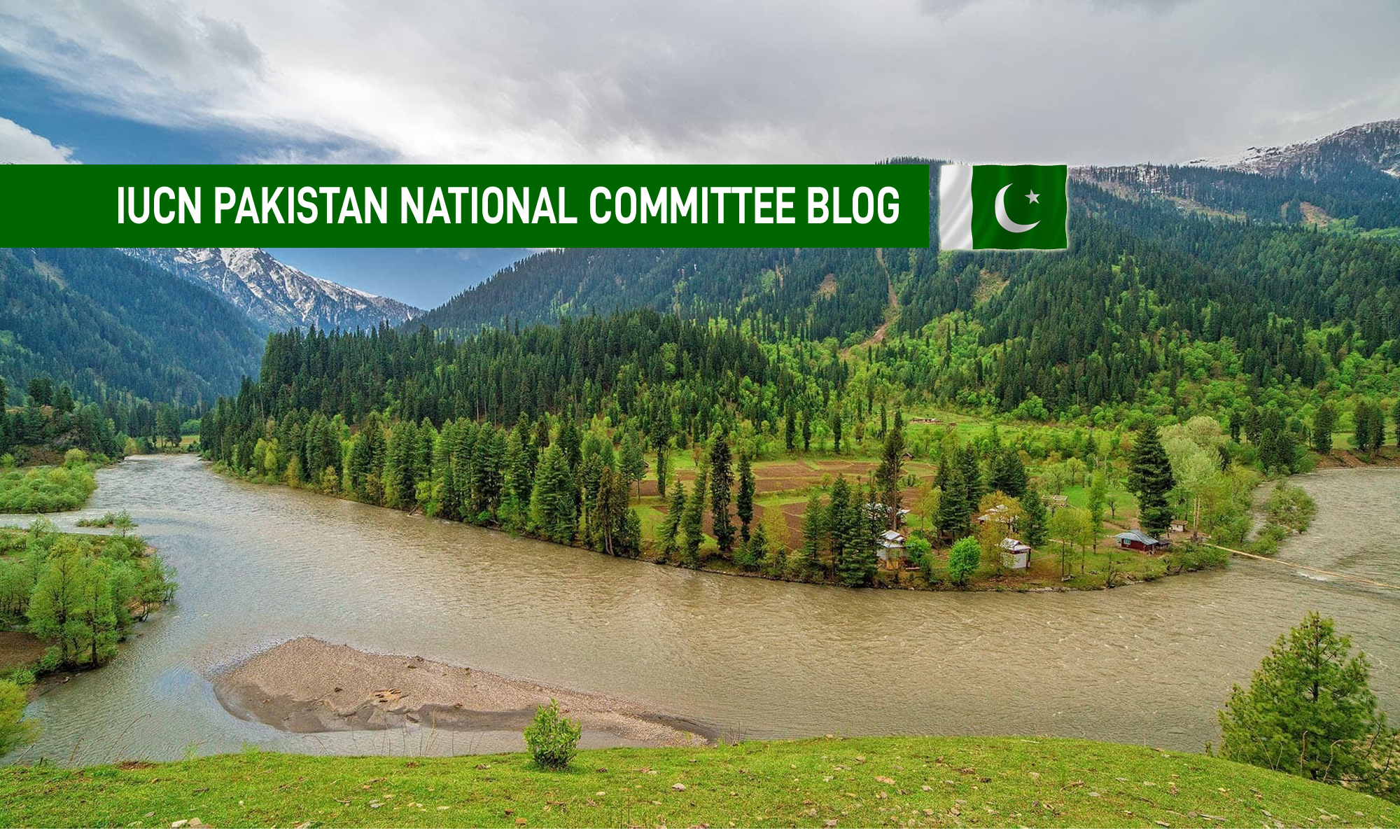PAKISTAN FLOODS
On July 29, 2010 torrential rains in the northern areas of Pakistan caused a large scale flooding which wiped hundreds of villages from the surface. It is estimated that around 2000 people have died and over a million homes have been destroyed.
According to the UN figures more than 21 million people have become homeless. This number exceeds the combined number of people affected by the 2004 Indian Ocean tsunami, the 2005 Kashmir earthquake and the 2010 Haiti earthquake. Approximately one-fifth of the country had been submerged in the flood waters, destroying more than 2 million acres of agricultural land. The raging flood waters kept pounding everything in its way throughout a long stretch of the country.
Secretary General of the United Nations, Mr. Ban Ki-moon on his visit to affected areas said “I will never forget the destruction and suffering I have witnessed today. In the past I have witnessed many natural disasters around the world, but nothing like this. He also termed the Pakistan floods as “Slow motion-tsunami”.
Though IUCN is not a relief organisation but since it is an umbrella organisation for bringing environmental organisations together, it is facilitating its members in Pakistan for better-coordinated flood relief operations. IUCN Pakistan has circulated post-flood relief and rehabilitation guidelines amongst donor agencies, members, partners and stakeholders. It is also playing the role of a mediator between the local philanthropists and IUCN member organisations.
IUCN Pakistan National Committee’s chairperson, Mr. Mohammad Tehseen called an urgent PNC meeting to discuss the flood relief activities being carried out by the members. The purpose of the meeting was to identify coordination gaps and explore ways and means to assist each other for more effective and coordinated relief operations.
The details of the worthwhile relief activities by the PNC member organisations (with the mandate for relief work) are briefly enumerated in the attached document.









